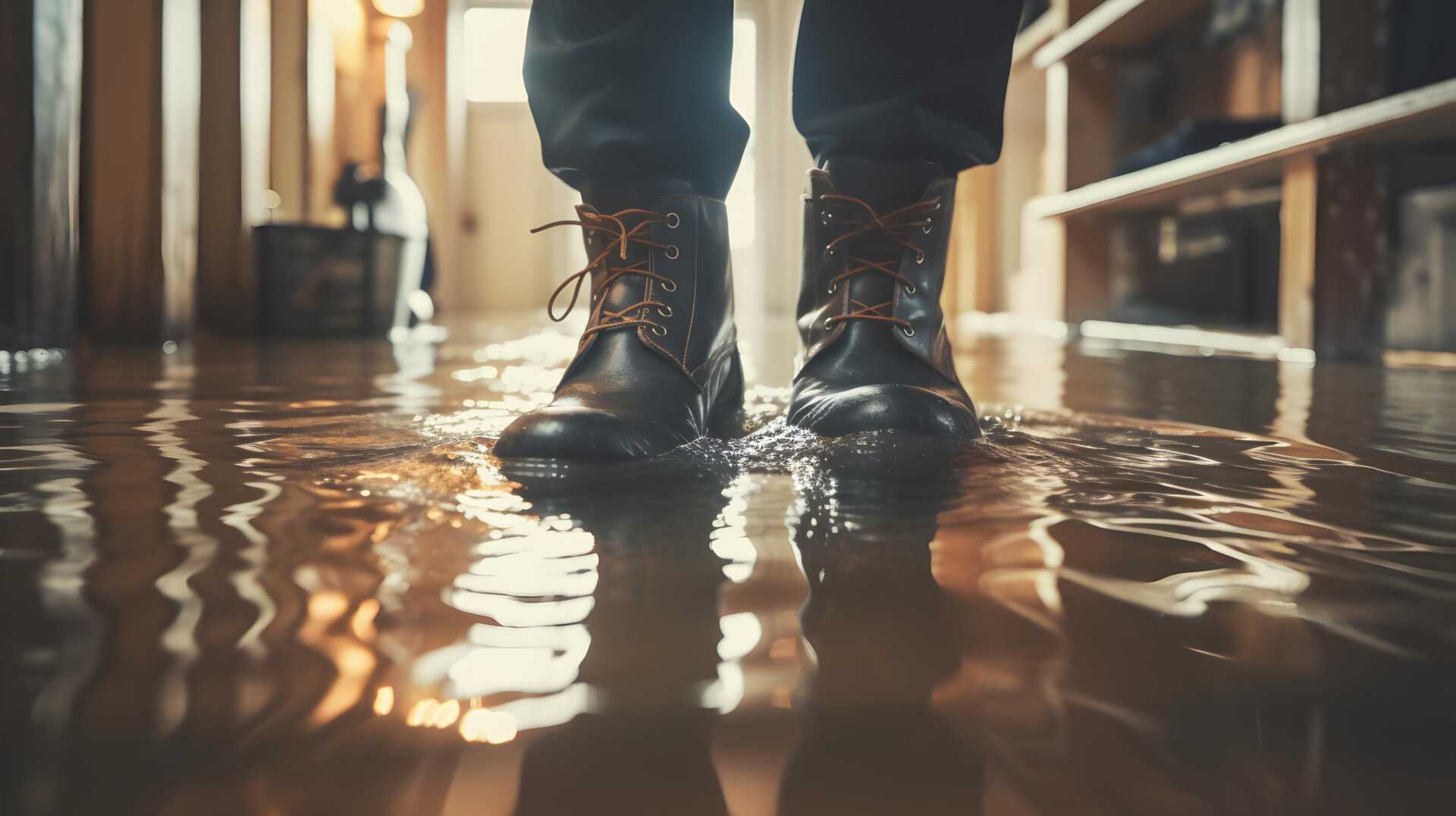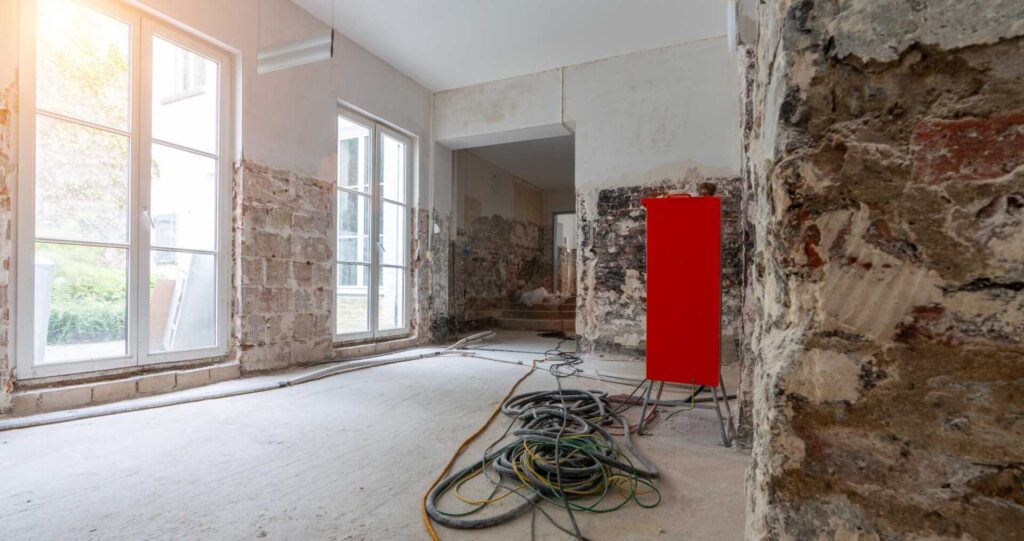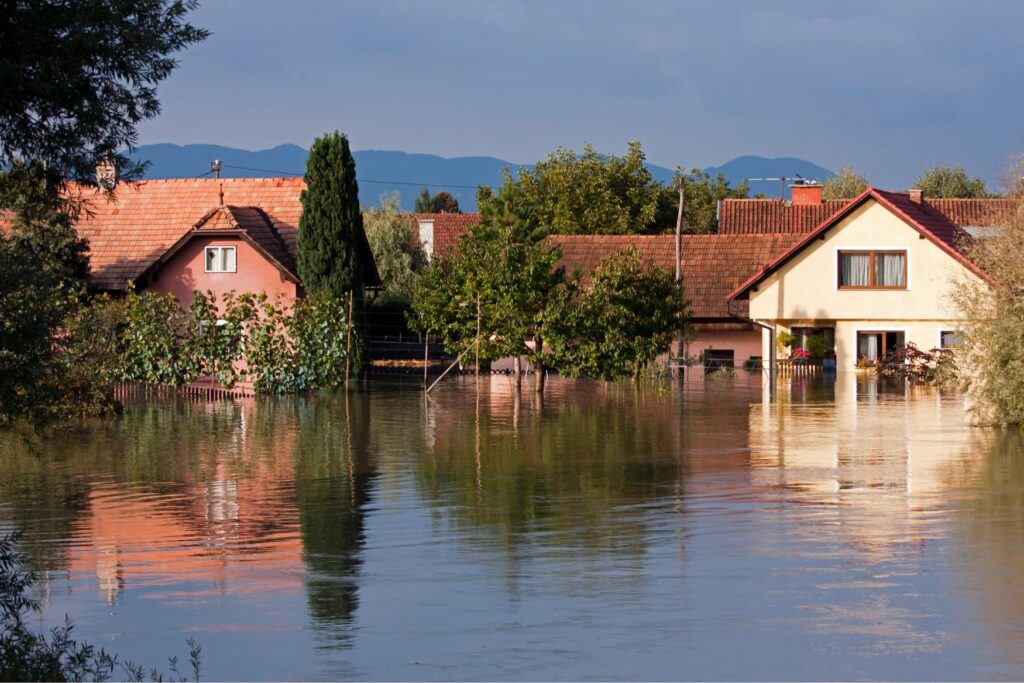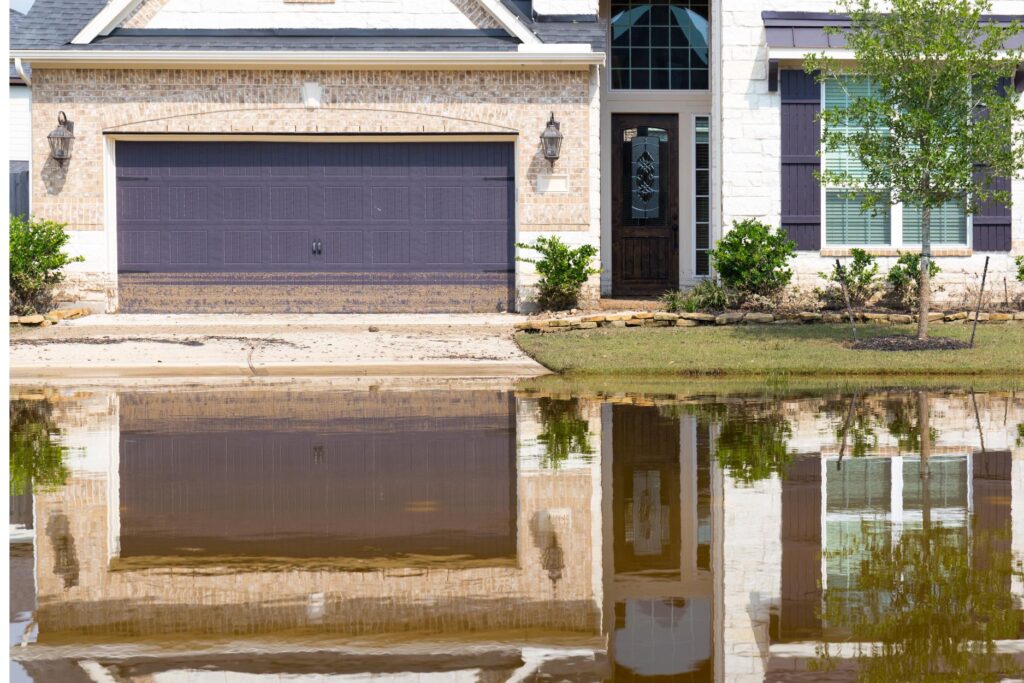Contents
When faced with water damage, it’s essential to assess the extent of the issue quickly. You can utilize various low-cost options to mitigate the damage effectively. From renting equipment like wet/dry vacuums to employing DIY techniques, there are multiple strategies to contemplate. Additionally, leveraging your home insurance can help cover restoration costs. Understanding these options is significant, but knowing how to implement them efficiently makes all the difference. Let’s explore these strategies in detail.
Key Takeaways
- Utilize wet/dry vacuums to efficiently remove standing water and minimize damage without incurring high costs for professional services.
- Rent dehumidifiers and air movers to facilitate drying, which can be more affordable than hiring restoration companies.
- Conduct routine inspections of plumbing and drainage systems to catch leaks early and prevent costly water damage.
- Implement preventative measures like water alarms and sump pumps to proactively manage moisture issues and avoid future expenses.
- Document damage thoroughly for insurance claims to help cover restoration costs and alleviate financial burdens.
Assessing the Extent of Water Damage
When you experience water damage, the first step is evaluating its extent, which can greatly influence your restoration approach. A thorough damage assessment is vital to understand the severity and specific areas affected.
Begin by visually inspecting the premises for visible signs like discoloration, warping, or mold growth. Utilize moisture detection tools, such as hygrometers, to measure humidity levels within the affected materials. This step helps identify hidden water pockets that mightn’t be immediately visible, ensuring a detailed evaluation.
Documenting the findings is essential, as this information will guide your restoration efforts and may be required for insurance claims. By accurately evaluating the damage and recognizing the moisture levels, you can develop a tailored response plan that addresses the root of the issue, ultimately leading to effective restoration.
DIY Water Damage Cleanup Techniques
When tackling water damage, the first step is evaluating the extent of the damage to identify affected areas.
You’ll need vital cleanup tools like mops, buckets, and fans to facilitate the process.
Understanding proper drying techniques is imperative to prevent mold growth and ensure effective restoration.
Assessing the Damage
Evaluating the damage after a water incident is essential for effective restoration.
You’ll need to identify various damage types and utilize moisture detection methods to assess the situation accurately.
Here’s how to approach the assessment:
Inspect Affected Areas: Check walls, ceilings, and floors for signs of water damage.
Identify Moisture Sources: Locate any leaks or standing water that may contribute to ongoing issues.
Use a Moisture Meter: Employ moisture detection tools to measure the extent of saturation in materials.
Document Findings: Take notes and photographs of affected areas for future reference and insurance claims.
Essential Cleanup Tools
Having the right tools on hand can make a significant difference in your DIY water damage cleanup efforts. Essential equipment includes a variety of cleanup supplies to effectively tackle the situation. Here’s a quick overview of the tools you’ll need:
| Tool | Purpose | Importance |
|---|---|---|
| Wet/Dry Vacuum | Remove standing water | Prevents further damage |
| Dehumidifier | Reduces humidity | Aids in mold prevention |
| Mop and Buckets | Clean up residual moisture | Ensures thorough cleaning |
| Protective Gear | Safety during cleanup | Keeps you safe from contaminants |
Equipping yourself with these essential tools will streamline your cleanup process and help restore your space efficiently.
Drying Techniques Explained
Effective drying techniques are essential for successfully mitigating water damage in your home, as they help prevent mold growth and structural issues.
You can employ various dehumidification methods and evaporation techniques to expedite the drying process. Here are some strategies to ponder:
Use dehumidifiers to remove moisture from the air, promoting faster drying.
Increase air circulation by employing fans to enhance evaporation rates.
Open windows and doors to allow fresh air to flow, further aiding the drying process.
Use heat sources like radiators or space heaters to increase the temperature, which can speed up evaporation.
Implementing these techniques will help you effectively manage water damage and restore your space.
Utilizing Home Insurance for Restoration Costs
When water damage strikes, leveraging your home insurance can greatly alleviate the financial burden of restoration costs. Understanding your insurance policy is essential, as it outlines what damages are covered and the limits on your claims.
To navigate the claim process efficiently, follow these steps:
| Step | Description |
|---|---|
| Review Your Policy | Check coverage for water damage specifics. |
| Document Damage | Take photos and make a list of affected areas. |
| Contact Insurer | Notify your insurance company promptly. |
| Complete Claim Form | Fill out necessary forms accurately. |
| Follow Up | Stay in touch to ensure timely processing. |
Renting Equipment for Water Extraction
If you’re facing water damage, renting equipment for water extraction can be a cost-effective solution.
By opting for equipment rental, you can minimize expenses while effectively addressing the issue.
Here are four essential types of equipment you should consider renting:
Water Pumps: Ideal for quickly removing large volumes of water from your space.
Dehumidifiers: Essential for reducing moisture levels and preventing mold growth.
Air Movers: Help circulate air to accelerate the drying process after extraction.
Wet/Dry Vacuums: Perfect for tackling smaller pools of water and debris.
Choosing Affordable Restoration Services
After you’ve handled the initial water extraction, the next step is securing affordable restoration services to address any remaining damage. You’ll want to focus on budget-friendly solutions that don’t compromise quality. Here are some service comparison tips to guide your selection process:
| Service Type | Average Cost | Key Considerations |
|---|---|---|
| Water Removal | $100-$300 | Speed and efficiency |
| Mold Remediation | $500-$2,000 | Safety and expertise |
| Structure Repair | $1,000+ | Material quality |
Contact multiple providers for estimates, and check reviews to confirm reliability. Ask about warranties and follow-up services. This approach confirms you’re making informed decisions and establishes a sense of belonging with a community of others who prioritize effective and affordable restoration options. By following these guidelines, you’ll be well-equipped to choose services that best fit your needs and budget.
Finding Local Community Resources
While maneuvering through the complexities of water damage restoration, tapping into local community resources can greatly enhance your recovery efforts.
You’ll find that community outreach initiatives and local charities often provide essential support during these challenging times.
Here are four resources you should consider:
Local Charities: Many organizations offer assistance with recovery supplies or financial aid.
Community Centers: They often serve as information hubs, providing guidance on available resources and services.
Volunteer Networks: Engage with groups that mobilize volunteers to help residents with cleanup and restoration efforts.
Support Groups: Join local support groups for emotional and practical advice from those who’ve faced similar challenges.
Utilizing these resources aids your restoration efforts and fosters a sense of belonging within your community, reinforcing the bonds that can help you through this difficult time.
Importance of Timely Action to Minimize Damage
When water damage occurs, acting quickly is essential to prevent further deterioration of your property.
A rapid response can greatly reduce the extent of damage, leading to long-term cost savings on repairs and restoration.
Rapid Response Benefits
Timely action is essential in water damage restoration, as delays can lead to more extensive and costly repairs.
When you respond quickly, you greatly reduce the overall impact of the damage. Here are some key benefits of rapid response:
Emergency response minimizes the risk of mold growth.
Quick assessment allows for targeted repairs, saving time and resources.
Early intervention limits structural damage, preserving your property’s integrity.
Fast action can reduce the overall cost of restoration, keeping your expenses manageable.
Long-Term Cost Savings
Acting quickly mitigates immediate damage and contributes greatly to long-term cost savings in water damage restoration. By addressing issues promptly, you can prevent further deterioration and costly repairs down the line. Implementing cost-effective solutions now can lead to significant long-term investments in your property’s value.
| Action Taken | Short-Term Benefits | Long-Term Savings |
|---|---|---|
| Immediate water removal | Prevents mold growth | Reduces health risks |
| Professional drying | Minimizes structural damage | Lowers future repair costs |
| Regular inspections | Identifies leaks early | Protects property value |
| Sealing vulnerabilities | Enhances durability | Avoids extensive repairs |
| Insurance claims | Covers immediate costs | Preserves financial stability |
Preventative Measures for Future Water Issues
Although water damage can occur unexpectedly, implementing effective preventative measures can considerably reduce the risk of future issues.
Here are four key strategies you can adopt:
Install Water Alarms: These devices detect leaks early, alerting you to potential issues before they escalate.
Utilize Sump Pumps: Properly installed sump pumps can help manage groundwater and prevent flooding in basements.
Conduct Routine Inspections: Regular checks of your plumbing and drainage systems can catch leaks and vulnerabilities before they lead to damage.
Implement Weatherproofing Techniques: Use landscaping adjustments, pipe insulation, and basement waterproofing to shield your home from moisture intrusion.
Comparing Quotes From Multiple Contractors
How can you ensure you’re getting the best value for your water damage restoration needs? One effective method is to compare quotes from multiple contractors. It helps you understand the market rates and assures you’re hiring the right professional based on their contractor credentials.
After gathering quotes, assess each contractor’s credentials, including their experience, customer reviews, and any certifications. This thorough review process ensures that you choose a contractor who fits your budget and meets the quality expectations you deserve. By making informed quote comparisons, you foster a sense of belonging within your community, knowing you’ve selected a reputable service for your restoration needs.
Review
In the domain of water damage restoration, think of yourself as a ship’s captain steering through stormy seas. By evaluating the damage and employing DIY techniques, you guide your vessel toward safety. Renting equipment acts as your trusty compass, directing you through the recovery process. Remember, timely action is your anchor, keeping you steady against the waves of destruction. With preventative measures as your sails, you can chart a course that avoids future tempests, ensuring your home remains a safe harbor.




